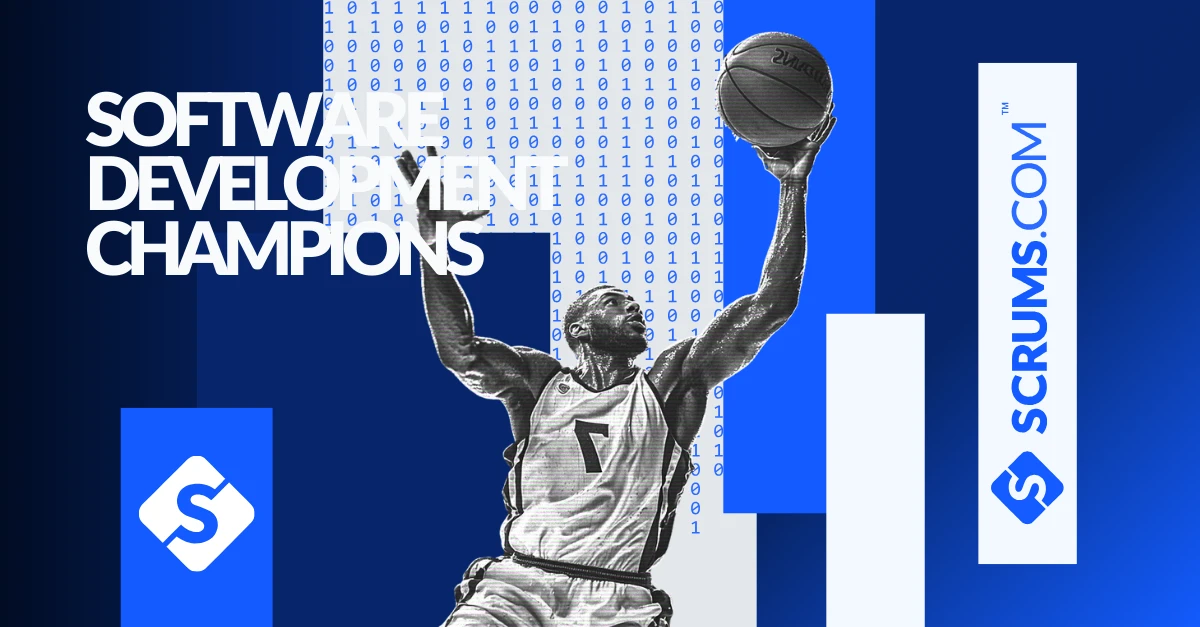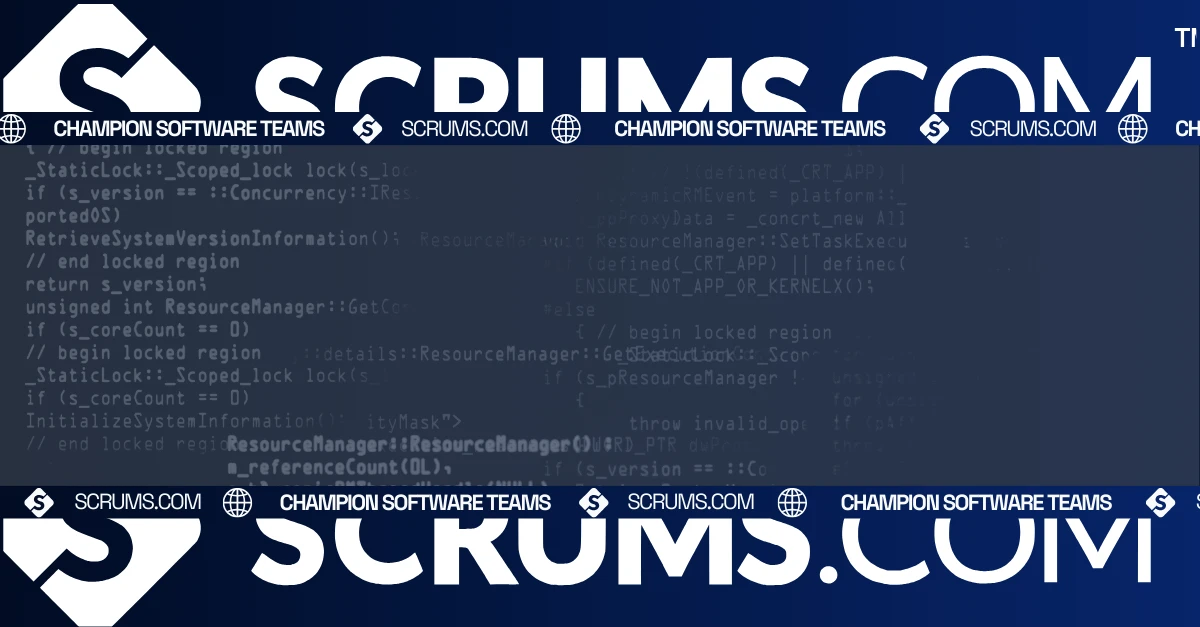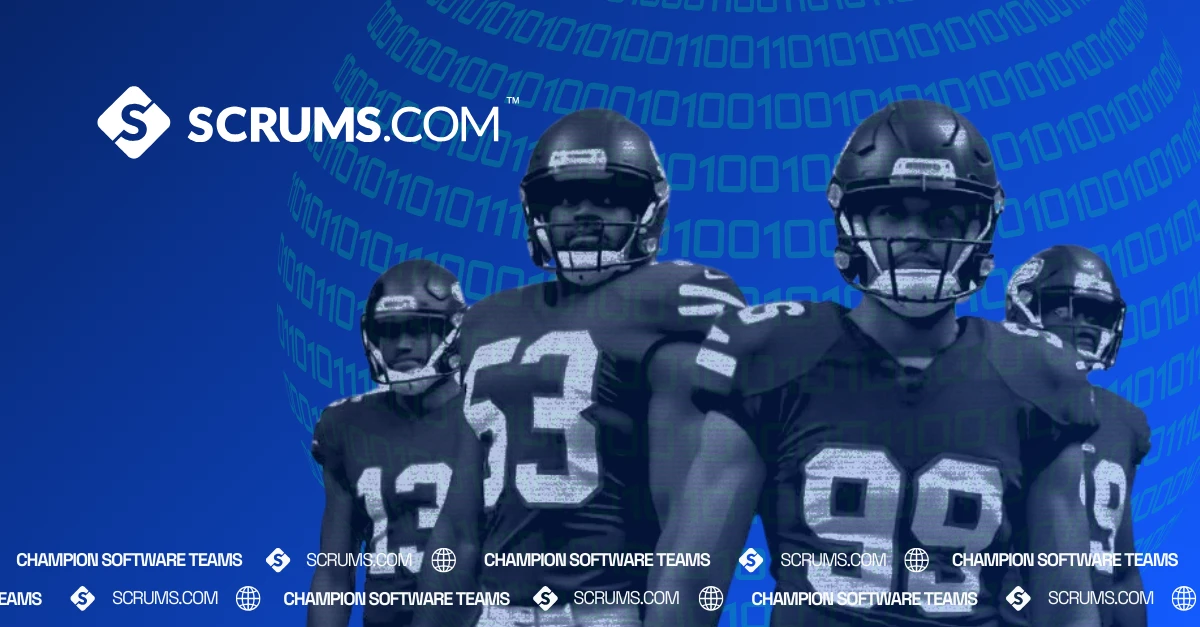User Experience Design (UX Design): A Tech Term Explained
About User Experience Design
User Experience Design (UX Design) is a critical aspect of creating successful digital products, particularly within software development services. It focuses on optimizing the interaction between users and digital products, ensuring that they are both intuitive and enjoyable to use. By placing the user at the center of the design process, UX design helps craft seamless, efficient experiences that meet user needs and business goals. Whether it’s improving the usability of a website or enhancing the functionality of a mobile app, UX design is integral to delivering high-quality software development services that satisfy end-users.
Principles of UX Design
User-Centered Design (UCD):
- Definition: UCD is a process that revolves around the needs, preferences, and behaviors of the end-user. The goal is to create products that provide a meaningful and relevant experience to users.
- Application: In practice, UCD involves creating user personas, conducting usability testing, and continually iterating designs based on user feedback.
Consistency:
- Definition: Consistency in UX design refers to the uniformity of design elements across a product or platform. This helps users predict how things work, reducing their cognitive load and increasing efficiency.
- Application: This includes consistent use of color schemes, typography, button styles, and navigation patterns throughout the user interface.
Accessibility:
- Definition: Accessibility ensures that products are usable by people of all abilities, including those with disabilities. Designing for accessibility is not just about compliance; it's about creating inclusive experiences.
- Application: Techniques include providing text alternatives for non-text content, ensuring sufficient contrast, and enabling keyboard navigation.
Feedback:
- Definition: Feedback in UX design provides users with information about the result of their actions. It's essential for helping users understand what has happened and what to expect next.
- Application: Examples include visual cues like loading indicators, confirmation messages, and error alerts.
Simplicity:
- Definition: Simplicity in design is about minimizing complexity and removing unnecessary elements that could overwhelm or confuse users. A simple design facilitates ease of use and increases user satisfaction.
- Application: This can be achieved through a clean layout, clear calls-to-action, and straightforward navigation.
UX Design Process
Discovery Phase:
This phase involves understanding the project’s scope, goals, and target audience. Key activities include stakeholder interviews, competitor analysis, and defining the project requirements. The insights gained here form the foundation for the design process.
Research Phase:
Detailed user research is conducted to gather insights into user needs, behaviors, and pain points. Techniques such as user interviews, surveys, and observational studies help create accurate user personas and journey maps, which guide the design decisions.
Design Phase:
Designers create wireframes, mockups, and interactive prototypes that visualize the product's layout and functionality. This phase is iterative, involving continuous feedback from users and stakeholders to refine the designs. Tools like Figma, Sketch, and Adobe XD are commonly used.
Testing Phase:
Usability testing is crucial in this phase, where real users interact with the prototypes. A/B testing may also be conducted to compare different versions of the design. Feedback from these tests helps identify areas of improvement.
Implementation Phase:
The final, polished design is handed off to the development team for implementation. Close collaboration between designers and developers ensures that the product is built according to the design specifications, maintaining the intended user experience.
Evaluation Phase:
After the product launch, the design’s effectiveness is evaluated using analytics, user feedback, and performance metrics. This phase helps identify any ongoing issues and informs future updates or redesigns.
The Importance of User Research
Understanding User Needs:
User research is the cornerstone of effective UX design. It helps designers understand what users truly need and how they interact with digital products. This understanding is essential for creating solutions that resonate with users and meet their expectations.
Validating Design Decisions:
Through user research, designers can validate their design choices, ensuring that the final product is both functional and user-friendly. This reduces the risk of costly revisions and enhances the overall user experience.
Improving Usability:
User research uncovers usability issues that may not be obvious during the design phase. By identifying these problems early, designers can make necessary adjustments to improve the overall usability of the product.
Incorporating User Feedback:
Regularly gathering and incorporating user feedback ensures that the product evolves in line with user needs, leading to higher satisfaction and engagement.
Tools for UX Design
Wireframing and Prototyping Tools:
- Sketch: A popular tool for creating wireframes and high-fidelity prototypes, allowing designers to quickly iterate on ideas.
- Adobe XD: Offers tools for designing, prototyping, and sharing interactive prototypes with stakeholders.
- Figma: A web-based design tool that supports real-time collaboration among team members, making it easy to share feedback and work together on designs.
User Research Tools:
- UserTesting: Provides insights into how real users interact with your product, helping you identify areas for improvement.
- Hotjar: Tracks user behavior through heatmaps and session recordings, offering a visual representation of how users engage with your site.
- SurveyMonkey: Allows you to gather qualitative data from users to better understand their needs, preferences, and pain points.
Collaboration Tools:
- Miro: A versatile online whiteboard platform that supports brainstorming, mapping, and collaboration among UX teams.
- Zeplin: Bridges the gap between design and development by providing a platform for sharing design specifications and assets.
Benefits of UX Design
Increased User Satisfaction:
Good UX design leads to a more satisfying experience, which can increase user loyalty and retention. Satisfied users are more likely to return and recommend the product to others.
Improved Usability:
UX design enhances the usability of a product, making it easier for users to accomplish their goals. This can lead to higher conversion rates and lower bounce rates.
Competitive Advantage:
A well-designed user experience can differentiate your product from competitors, providing a significant advantage in a crowded market.
Cost Savings:
Investing in UX design upfront can save costs in the long run by reducing the need for extensive redesigns, lowering customer support costs, and decreasing the time spent on fixing usability issues.
Higher Conversion Rates:
A user-friendly design can improve conversion rates by making it easier for users to navigate, find what they need, and complete desired actions, such as making a purchase or signing up for a service.
Use Cases
E-commerce Platforms:
Use Case: An online retailer looking to increase sales and reduce cart abandonment rates would benefit from a UX redesign focused on simplifying the checkout process, improving product search functionality, and enhancing the overall user experience.
SaaS Applications:
Use Case: A SaaS company aiming to improve user onboarding and retention rates might invest in UX design to create a more intuitive user interface, provide clear guidance, and reduce the learning curve for new users.
Healthcare Apps:
Use Case: A healthcare provider developing a patient management app could use UX design to ensure that the app is easy to navigate, accessible to all users, and provides a seamless experience for both patients and healthcare professionals.
Educational Platforms:
Use Case: An online learning platform could enhance its UX design to improve course navigation, increase engagement through interactive elements, and provide personalized learning experiences that cater to different learning styles.
Current Trends in UX Design
- Microinteractions: Microinteractions are small, subtle design elements that provide feedback or facilitate a single task, such as a button animation when clicked. They enhance the user experience by making interactions more engaging and intuitive.
- Voice User Interface (VUI): With the rise of voice-activated devices, VUI has become an important trend in UX design. Designing for voice interactions involves creating conversational interfaces that are natural and easy to use, focusing on speech recognition and user intent.
- Dark Mode: Dark mode has gained popularity for its aesthetic appeal and benefits in reducing eye strain. UX designers are incorporating dark mode options into their products to provide users with an alternative, comfortable viewing experience.
- Personalization: Personalization involves tailoring the user experience based on individual user preferences, behaviors, and demographics. This trend enhances user satisfaction by making interactions more relevant and meaningful.
- Inclusive Design: Inclusive design ensures that digital products are accessible to all users, regardless of their abilities or backgrounds. This trend emphasizes the importance of designing for a diverse user base, including considerations for accessibility, cultural differences, and varying levels of tech literacy.
Common FAQs Around this Tech Term
UX design focuses on the overall experience a user has with a product, including usability, accessibility, and pleasure. UI design, on the other hand, deals with the visual elements of a product, such as layout, color schemes, and typography. While UI is a component of UX, UX encompasses a broader range of factors that contribute to the user’s interaction with the product.
UX design can significantly impact SEO by improving metrics such as bounce rate, time on site, and conversion rates. A positive user experience encourages users to stay on your site longer, reducing bounce rates and signaling to search engines that your site is valuable and relevant.
User research is essential because it helps designers understand the needs, behaviors, and pain points of users. This information is critical for creating designs that are both functional and enjoyable to use, leading to higher satisfaction and better overall performance of the product.
Common mistakes include neglecting user research, overcomplicating the design, ignoring accessibility standards, and failing to test designs with real users. These errors can lead to poor usability, frustrated users, and ultimately, a failed product.
Success can be measured through various metrics, including user satisfaction, usability testing results, conversion rates, and user retention. Surveys, A/B testing, and analytics tools are commonly used to assess these metrics.
Explore Software Development Blogs
The most recent trends and insights to expand your software development knowledge.






